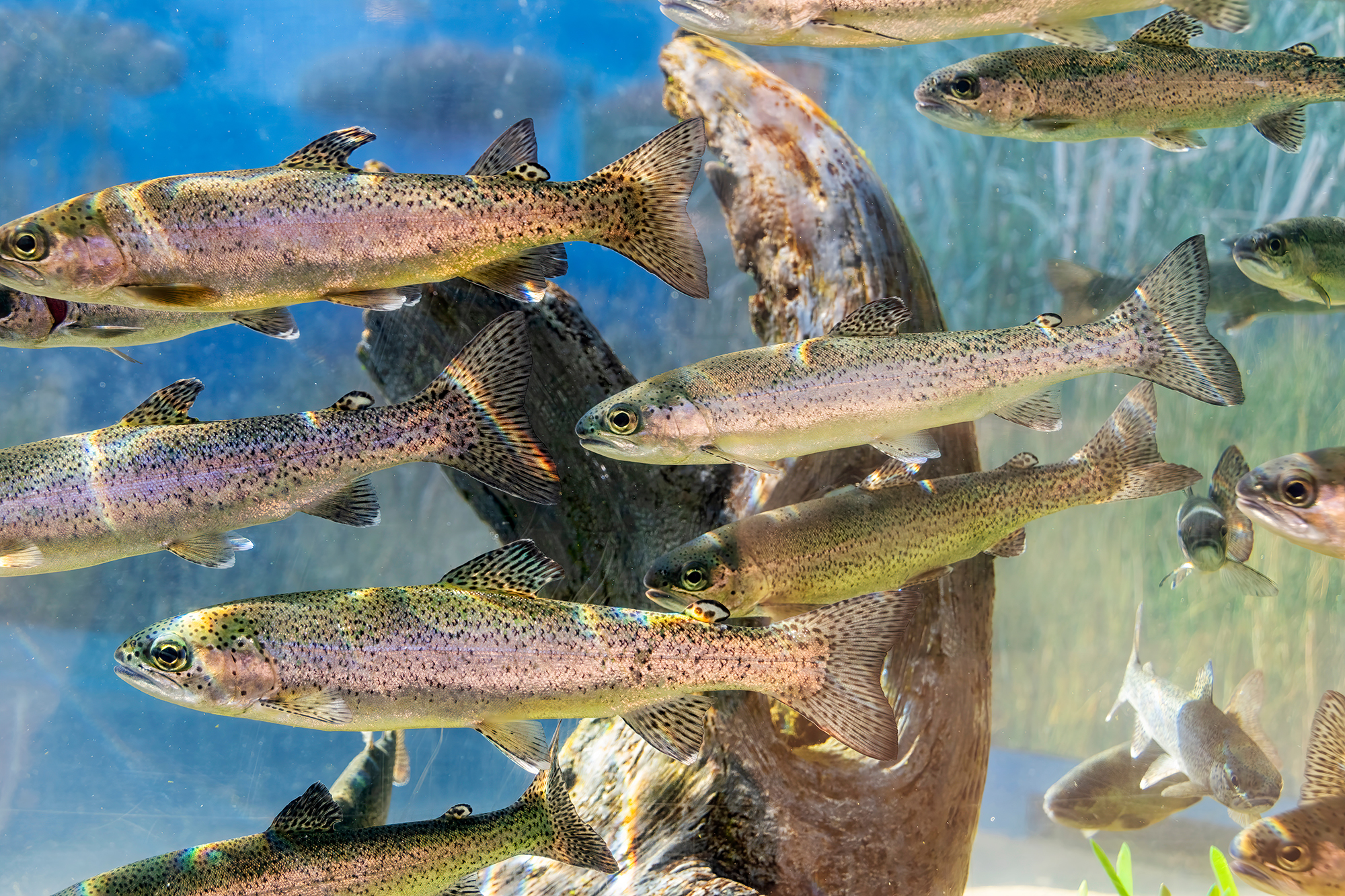Being Isolated

Isolating specific strains is a key control point in disease prevention
The period between 2012 and 2018 saw a steady increase in the prevalence, in Norway, of Yersiniosis or Enteric Redmouth (ERM) in farmed Atlantic salmon, and not just in freshwater where this disease is traditionally encountered. Outbreaks in seawater began to emerge in the latter part of this period, suggesting a strong link between disease in production fish at sea and smolt origin, and indicating that, in many cases, the condition is carried with stock from the hatchery to the marine farm. Over the last three years however this situation has been effectively reversed through vaccination and, according to the Fish Health Report 2020 (Sommerset et al) the disease is now effectively under control.

Salmon smolts
Like many bacterial diseases of fish, Yersiniosis can readily be, and has historically been, treated with antibiotics under veterinary supervision. However, for reasons that are well understood by readers of this publication, the use of antimicrobials as a treatment for infection must be, and indeed is, viewed as the remedy of last resort.
In the UK, the vaccination of rainbow trout against Yersiniosis has enjoyed a long and successful track record with the first ERM vaccines being developed in the late 1970s. These, and newer products, have greatly reduced the reliance on antibiotics in trout species for this condition. More recently research has honed our understanding of vaccine use revealing that, just as antibiotic selection must be informed by isolate sensitivity, it turns out that a parallel dynamic operates with Yersinia vaccines.
It is now widely understood that Enteric Redmouth can be brought on by any one of a suite of quite different strains and biotypes of the causative agent Yersina ruckerii and that fish can only successfully exploit a vaccine that closely matches the strain by which they are challenged.
A wide study of strains and biotypes commonly found in Scottish aquaculture (Ormsby M.J. et al) found a clonal distinction between strains associated with Atlantic salmon (19) and those isolated from rainbow trout (5). Broadly speaking, disease in rainbow trout is normally attributed to strains of Yersinia designated as 01a whilst disease in salmon by those designated 01b.
The implication is that for a fish to respond well to a vaccine for ERM, the closer the serological match between the isolate in the vaccine and the one causing the problem, the better.
That said, the taxonomy of these organisms is both complex and evolving. Phylogenetics apart though, if you are concerned about the risk of ERM occurring on your site the advice is, as always, to discuss your situation with your veterinarian who will be able to recommend an appropriate prophylactic solution going forward.
Each graph illustrates a serological comparison between a bacterial isolate derived from the field (red) with one used in a vaccine (blue). In chart a) the two isolates are closely matched serologically and in chart b) they are not. NB. The examples shown are for illustrative purposes only and are NOT derived from Yersinia data.
Chris Mitchell is Sales Manager, Pharmaq Ltd

References
Sommerset I, Bang Jensen B, Bornø B, Haukaas A and Brun E (Eds.). The Health Situation in Norwegian Aquaculture 2020. Published by the Norwegian Veterinary Institute 2021
Yersinia ruckeri Isolate Recovered from Diseased Atlantic salmon (Salmo salar) in Scotland Are More Diverse than Those from Rainbow Trout (Onchorhynchus mykiss) and Represent Distinct Subpopulations. Applied and Environmental Microbiology. October 2016 Vol 82 No. 9 pp 5785-5794


